Why water and spray cucumbers with baking soda solution?
It is not so easy to get a rich harvest of vegetables from your plot, because pests and pathogens are in a hurry to take away the well-deserved trophy from the summer resident. Baking soda, which is used to water cucumbers and other plants, can help combat them. Let's take a closer look at the benefits of sodium bicarbonate and methods of processing a vegetable garden.
The benefits of soda for cucumbers and other crops
Heat-loving cucumbers are one of the first to appear on the table of summer residents. The average ripening period of fruits from the moment of germination is 45 days, which significantly complicates the fight against diseases and pests by chemical methods.
So that chemistry does not harm health, some time must pass from the moment of processing - but then the fruits will simply overripe, become unusable. Therefore, summer residents use folk methods to combat pests and fungal diseases. Most often, the beds are treated with baking soda, which can replace fungicides and insecticides.
Sodium bicarbonate in the right dosage has a positive effect on the plant organism.
- Due to the alkaline medium, the baking soda solution makes it impossible for the mycelium of pathogenic fungi to develop. This allows you to effectively fight against peronosporosis, powdery mildew, late blight.
- Soda is an excellent means of disinfecting seed. According to scientists, the yield of treated seeds is increased by 30%.
- Alkaline effects are not to the liking of pests - aphids, weevils, cabbage, leaf-eating caterpillars quickly retreat from the garden treated with a solution of baking soda.
- Sodium bicarbonate strengthens the immunity of cucumbers and other crops, which significantly increases productivity, increases the number of ovaries.
- Soda improves the quality of the harvest, because fungal spores on the surface of the fruit will not be able to prevent the accumulation of sugars under the influence of solar radiation.
Important!
An aqueous solution of sodium bicarbonate is harmless to humans and pollinating insects, which makes it an indispensable tool in the fight for a rich harvest.
Processing rules
For processing the garden, summer residents use two methods:
- watering;
- spraying over the leaf.
Watering plants is laid at the root, trying to cover the entire root zone (hole). Baking soda is applied along with watering. In this case, it is important to strictly observe the concentration of the component, otherwise the soil will alkalinize, which will cause inhibition of the culture. This will significantly reduce the growing season, the crop will begin to deform, it will become smaller.
There are a number of rules for spraying.
- Fruit crops need to be sprayed for a preventive purpose, because it will be much more difficult to deal with a developed disease or an overgrown pest colony.
- The event is carried out strictly in the absence of the sun in calm weather. The droplets of solution remaining on the fuzzy cucumber leaves act like small lenses. When they begin to evaporate under the influence of the sun, the delicate leaves will certainly burn.
- Irrigation of deciduous mass is carried out using a fine-dispersed sprayer - spray gun. The water dust will evenly cover the leaf blade, which will allow the soda particles to work more actively.
- Remember that the folk remedy will be effective before the first rain; after a good shower, the treatment must be repeated.
- Even when processing leaves, the dosage should be adhered to. It is not necessary to prepare a concentrated solution, because drops of liquid, falling into the soil, will also lead to a change in the pH level.
Another nuance of soda treatment of the garden is the appearance of sodium bicarbonate grains on the surface of ripening fruits. Do not be intimidated by this "side effect" - just wash the crop with clean water. Soda is safe for humans.
Preparing a baking soda solution
Here are some helpful tips to help you prepare your vegetable garden liquid properly.
- When preparing a baking soda solution, do not use polystyrene or polyvinyl chloride (PVC) containers. Avoid contact with metal, do not dilute the product in an aluminum container.
- The water for preparing the product must first be filtered or defended. It should not contain organic matter impurities.
- The prepared solution should be used within three hours.
- Use water at room temperature. Heating the liquid above 55⁰C will cause thermal decomposition of sodium bicarbonate, resulting in ineffectiveness.
Advice
Strictly adhere to the dosage indicated in the recipes.
Folk recipes
In the struggle for the harvest, gardeners have developed a lot of effective recipes that will certainly help you. We suggest that you familiarize yourself with the methods of processing a vegetable garden with baking soda.
Fighting barren flowers on cucumbers
To increase the number of ovaries on the whip, you can pour baking soda over the cucumbers. To prepare the product you will need:
- soda - 2 tablespoons;
- two-liter can of clean water.
Pour powder into water and stir until completely dissolved. The portion is indicated for one cucumber bush, it should be poured under the root.
Powdery Mildew Soda
Powdery mildew is a frequent visitor to plantings. Under the influence of a pathogenic fungus, the leaves first become covered with whitish spots, and then turn yellow. Due to the yellowing of the plate, the bush cannot fully provide itself with food through photosynthesis. From this, the culture first suffers and looks oppressed, and then dies altogether. The best way to fight disease is to prevent it!
To make a preventive spray, take the following ingredients:
- 10 liters of water;
- 60 g baking soda (3 level tablespoons);
- a handful of grated laundry or green soap.
The active ingredients should be dissolved in water with constant stirring. The soap will prevent the solution from simply draining off the sheet. Apply the finished composition to the leaf blades from both sides using a spray bottle. The frequency of application is once every two weeks.
If the disease has been started, and the cucumbers are already in bloom, you cannot use chemical control agents. Use the following composition:
- 100 g of laundry soap;
- 1 teaspoon of pharmaceutical iodine;
- 2 tablespoons of baking soda
The listed substances must be dissolved in ten liters of water, and then sprayed with the leaves. Perform the procedure weekly until the bush is completely healed. Usually 3-5 treatments are enough. This remedy is also suitable for getting rid of late blight of tomatoes.
Advice
Fungal diseases affect plants not only through the soil, but also through the seed. Soak the seeds in a solution of a liter of water and a teaspoon of sodium bicarbonate for 8-12 hours, then rinse and dry. Such preparation will protect the bushes from fungal diseases and increase productivity.
We banish pests with soda
Tiny enemies of plants can cause significant damage to crops. Aphid colonies in the beds settle on the underside of the leaves and on the ends of the tender shoots of plants. Gluttonous insects like almost all cultures, and they are in no hurry to leave their homes.
The pest sucks out the sap of the plant, making a tiny puncture in the soft tissues. Around the bite, tissues gradually die off, the leaf turns yellow, and the bush begins to experience hunger.But that's not all - the sugary secretions of aphids become a breeding ground for the growth of a sooty fungus, which will only aggravate the situation. Viruses easily penetrate through damaged tissues, and the fight against them will not be crowned with success.
Noticing the appearance of intruders, take measures to urgently evict them from the garden. To do this, make a product from the following components:
- 10 liters of water;
- a handful of wood ash;
- 50 g of baking soda;
- 2 tablespoons of dish detergent or grated laundry soap.
The composition can be used both for pest control and for the prevention of their appearance. Spraying frequency - once every 3 days until the elimination of the insect colony.
Fight gray mold and sclerotinia
Gray and white rot affects plants in damp, cool weather. Cucumbers especially suffer from this scourge, because they have very fragile shoots, and the fungus penetrates through the smallest wounds. For prevention, in a rainy summer, spray the bushes with a solution based on 10 liters of water and 100 g of baking soda once a decade. If the disease has already begun to progress, spray the cucumbers every 3 days until it is completely cured.
Soda as fertilizer
Soda solution will help reduce the acidity of the soil and strengthen the immunity of crops. Tomatoes and cucumbers are processed on a leaf using a solution of a liter of water and 5 g of soda. For watering the soil, the concentration should be higher - 30 g per liter of water.
So, baking soda will come in handy not only for preparing culinary masterpieces, but also for healing your summer cottage. Watering and spraying the garden with soda will help to overcome plant ailments, increase the productivity and quality of the crop, and drive out pests. In order not to harm the plantings, stick to the dosage of the homemade "medicine", because it can easily turn into poison for green wards and deprive you of your harvest.
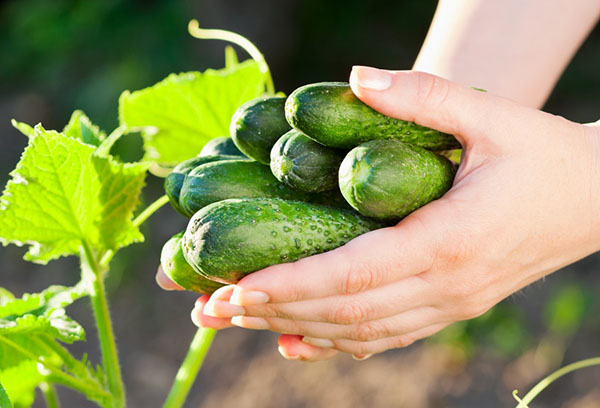
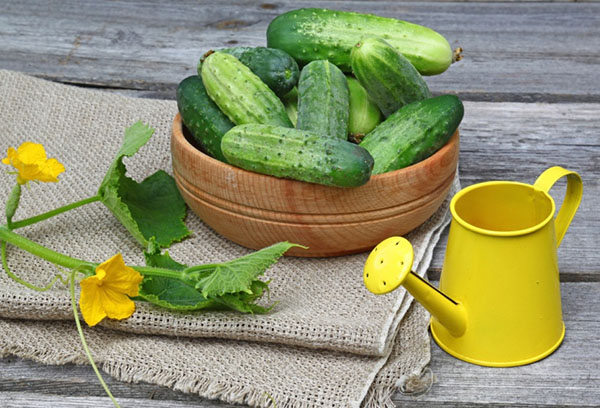
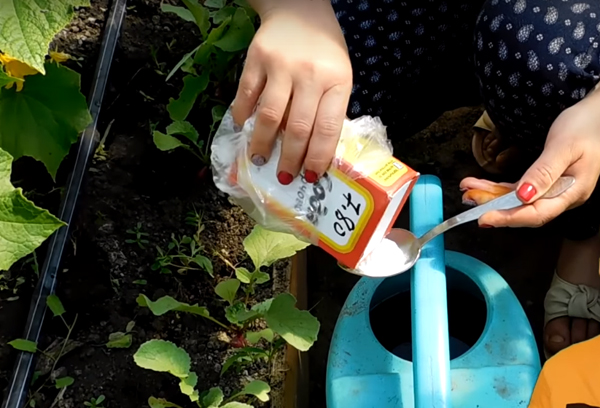
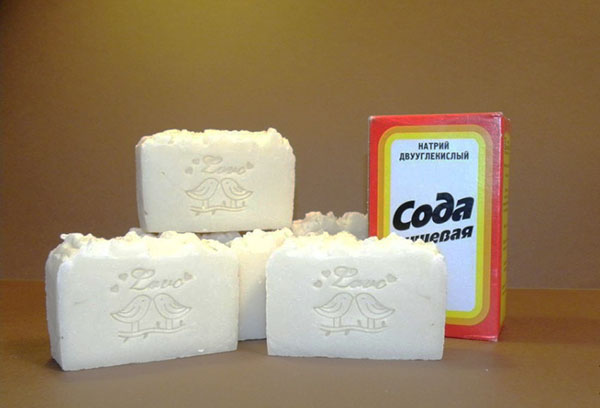

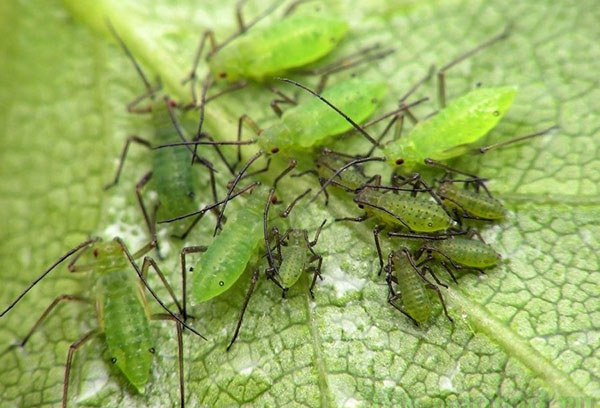
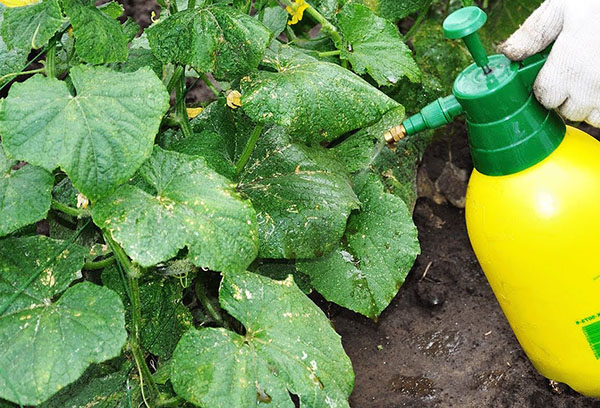
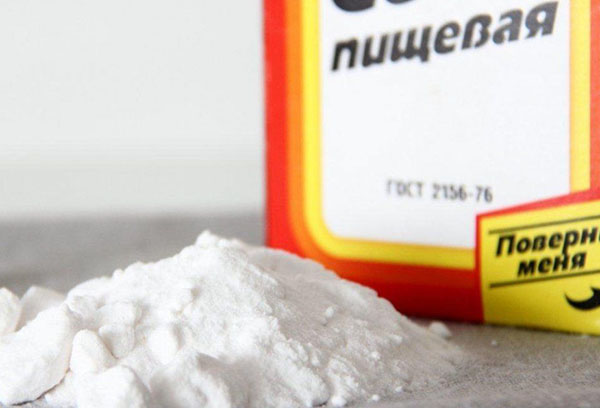

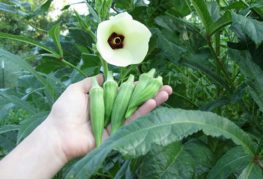
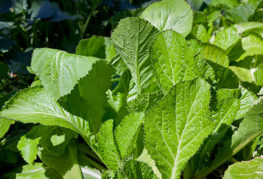
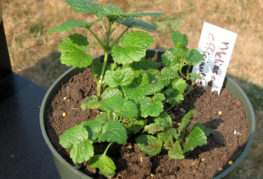
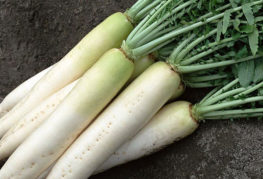
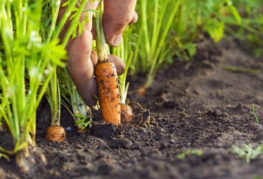
THANKS VERY EFFICIENTLY EXPLAIN-USEFUL TIPS